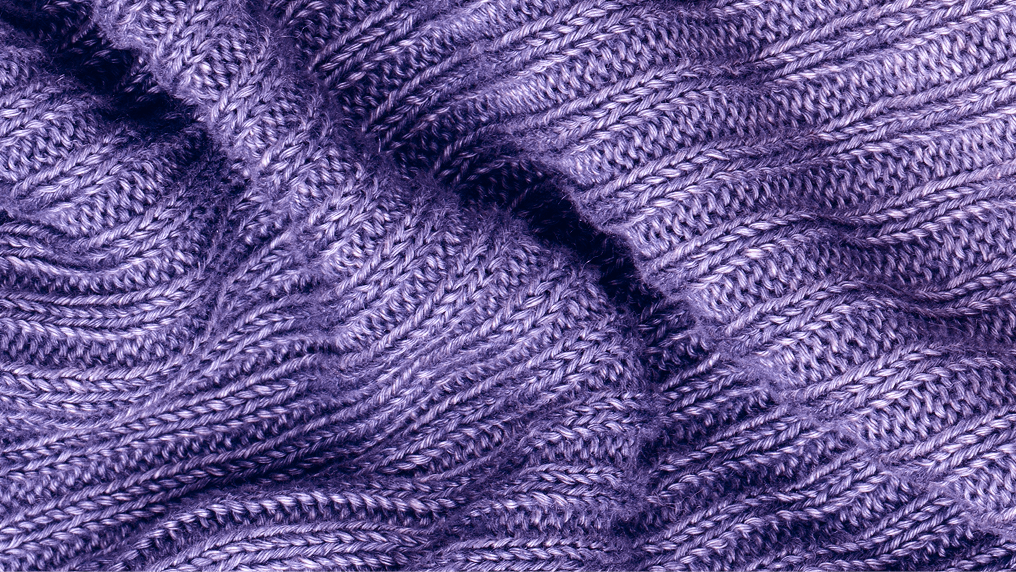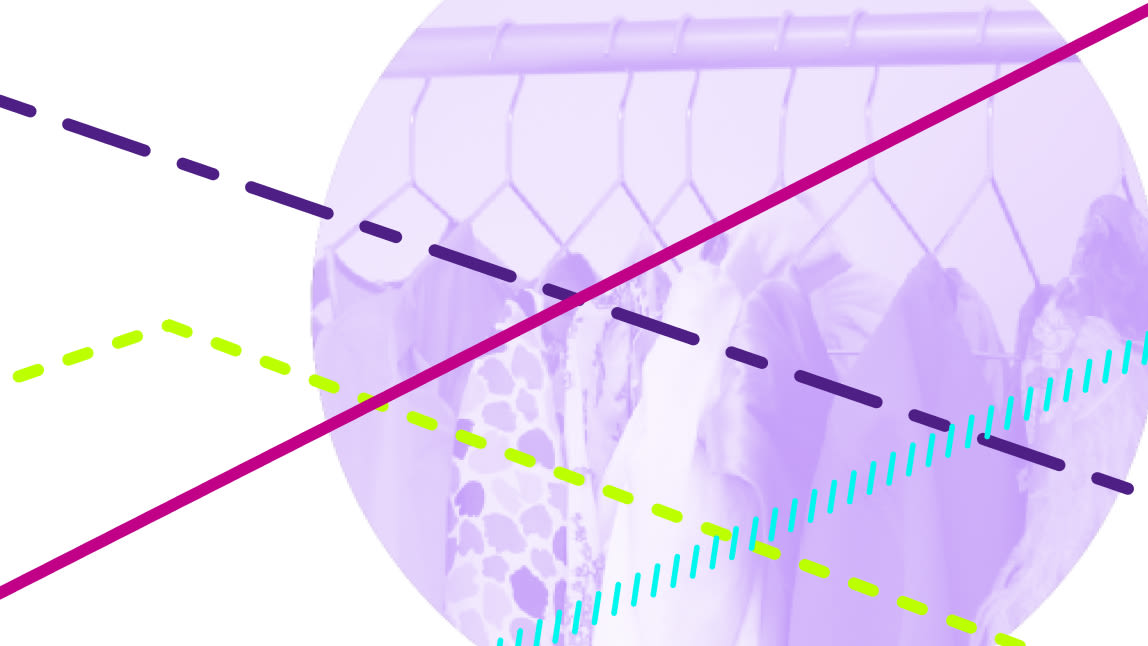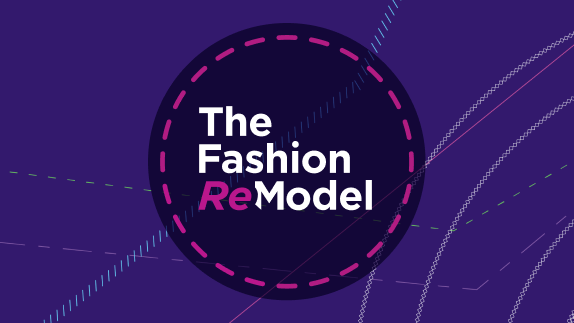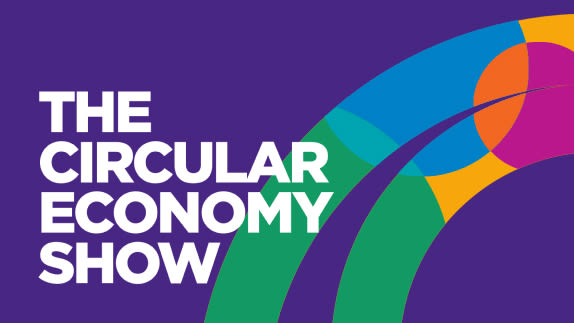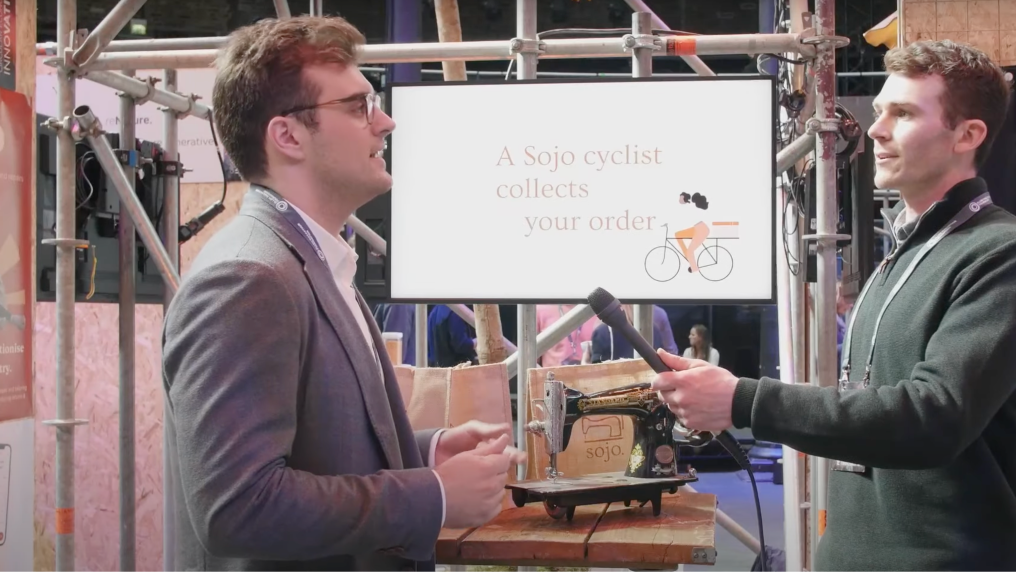There is a compelling business case for fashion companies to start implementing and scaling circular business models, to increase the utilisation of their existing products and decrease the risks associated with sourcing new materials and products.
Customer behaviour and norms are shifting with more people buying resold items than ever before. The success of startups including Depop, Vestiaire Collective, and Vinted has demonstrated the commercial potential of circular business models such as rental, repairrepairOperation by which a faulty or broken product or component is returned back to a usable state to fulfil its intended use., and resale, with global brands also seizing the opportunity — Patagonia’s WornWear programme generated USD 5 million in annual revenue.
Although progress has been made, the question remains - How can businesses scale circular business models to make money without making new clothes?

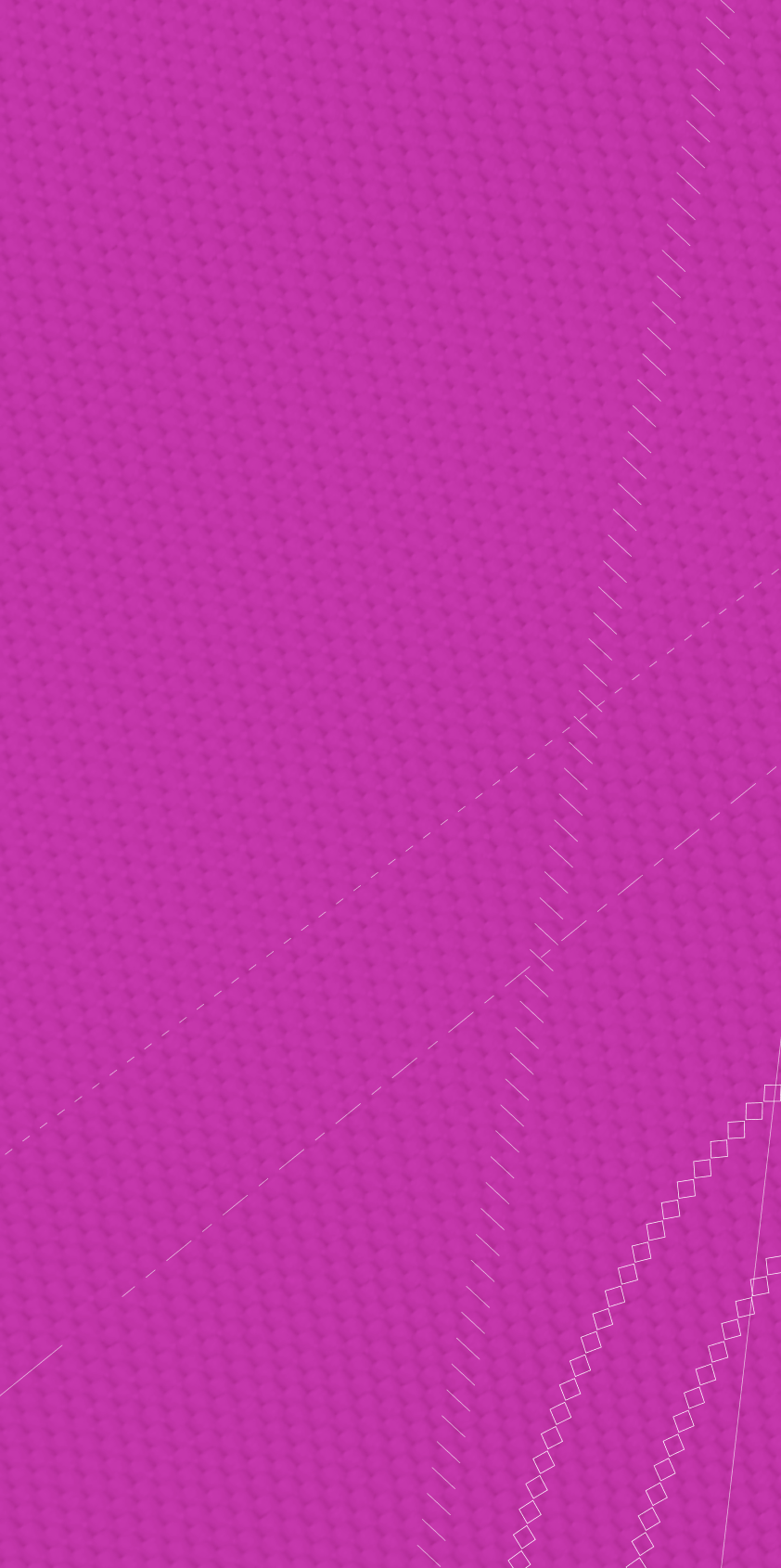
What are circular business models?
Circular business models represent a significant opportunity for new and better growth in the fashion industry. They allow customers to extend the life of their most treasured clothes through repair, offer the potential for items to be used and worn by many people, and can even go beyond a physical product into a digital dimension.
Types of circular business models
At present, there are four main, customer-facing, business models that keep products in use in the economy, and have the potential to decouple revenue from production and resource use: rental, repair, resale, and remaking.
Rental
This includes one-off peer-to-peer rentals by private owners, as well as large-scale rental and subscription models by multi-brand platforms or individual brands.
Repair
This is the operation by which a faulty or broken product or component is returned back to a usable state. For The Fashion ReModel, this includes alteration and repair services on products currently owned by consumers, not product returns or damaged stock.
Resale
This includes peer-to-peer sale of second-hand items, third-party marketplaces, and own-brand re-commerce.
Remaking
This is the operation by which a new product is created from existing products or components. This operation can include disassembling, re-dyeing, and repurposing. For The Fashion ReModel, remaking means:
Refurbishment to return a used consumer product to ‘as-new’ e.g. cleaning, redying
Remaking (or upcycling) on the condition that this is created using post-consumer fashion products, minimal new materials and the original fabric must remain intact
Remaking services exclude recycling or the use of recycled inputs for the creation of new products
Creating revenue from circular business models
There are multiple opportunities for organisations to generate revenue through keeping products (garments, bags and footwear) in use. The below outlines a variety of approaches that organisations could employ.
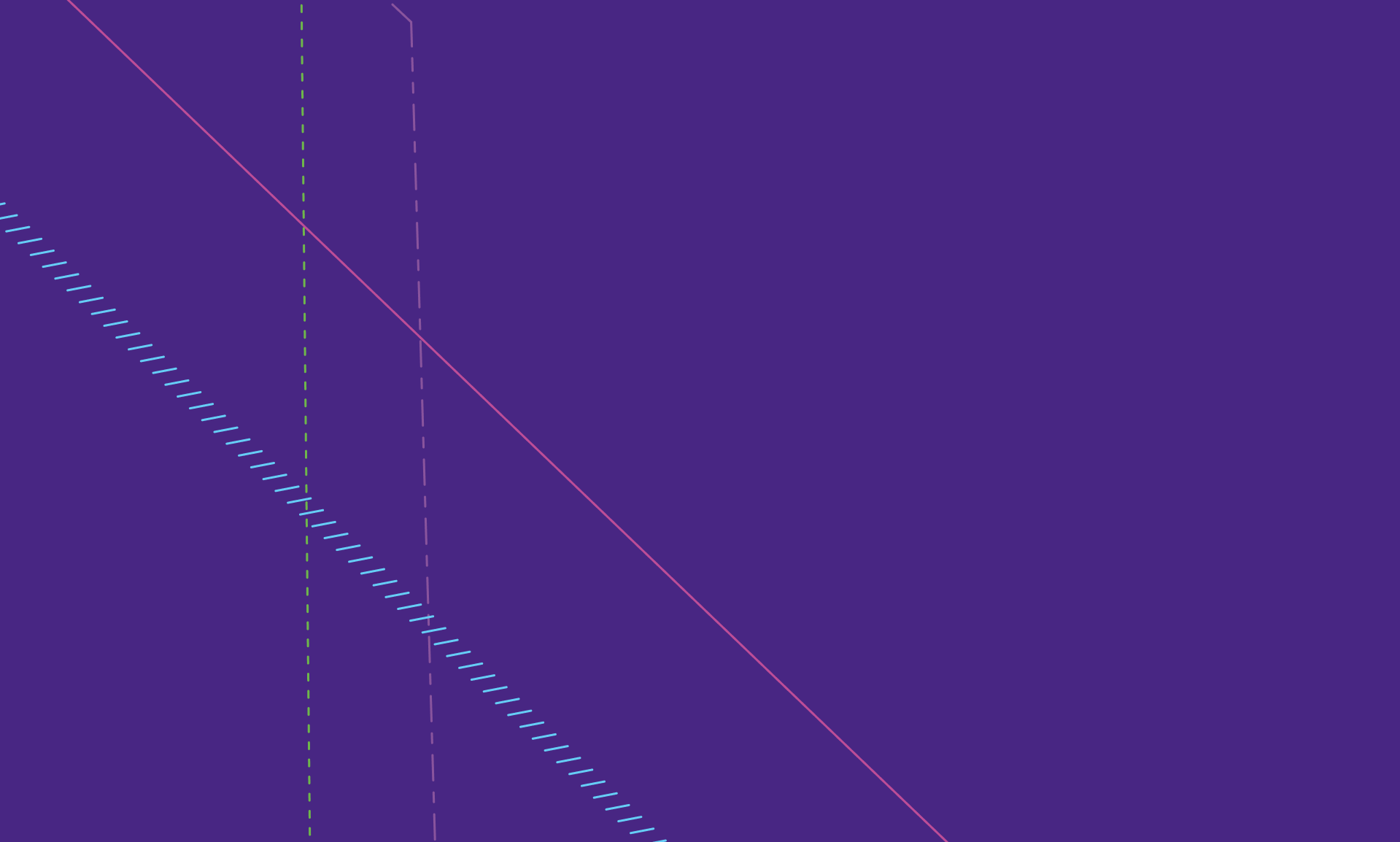
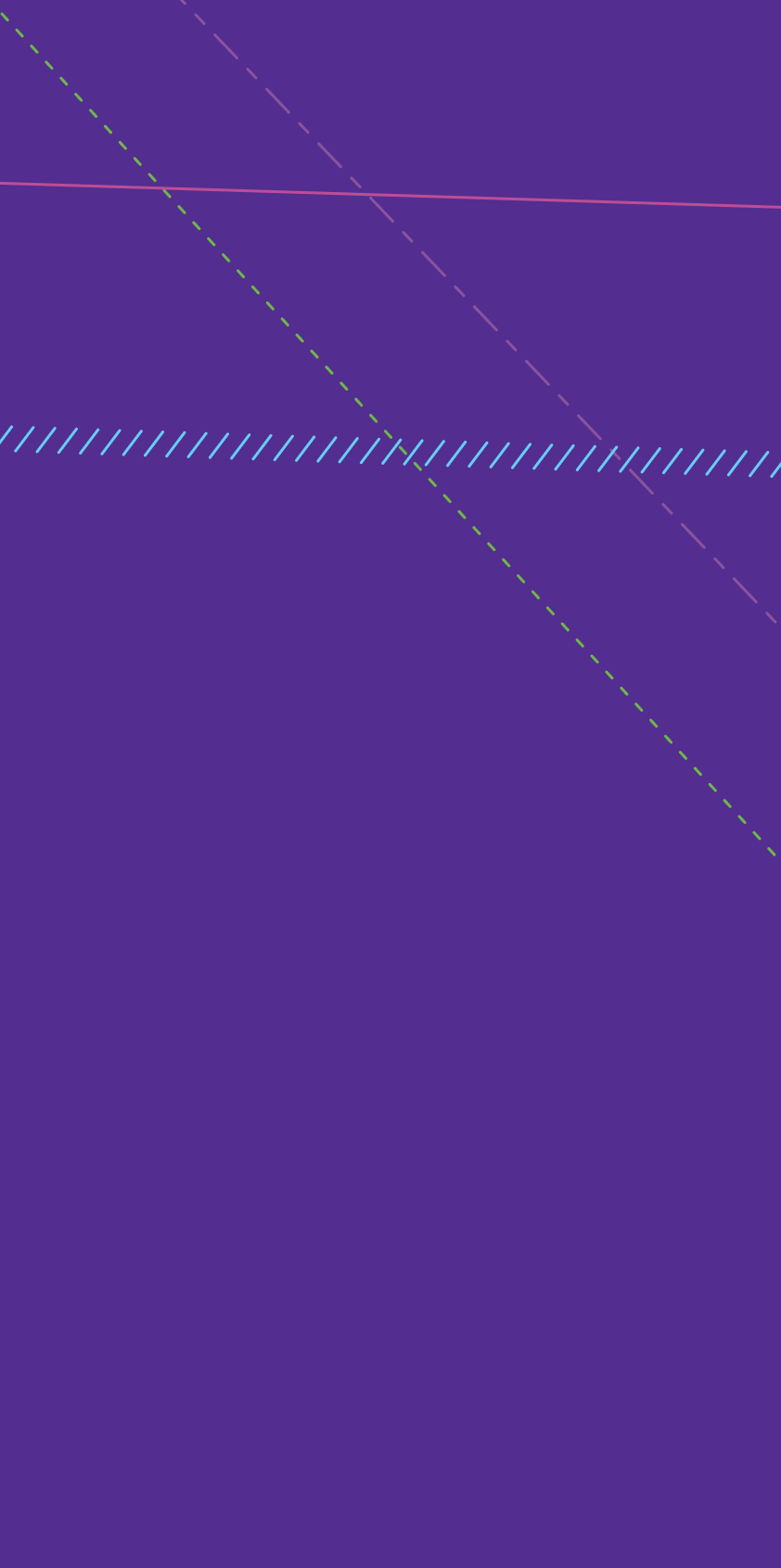
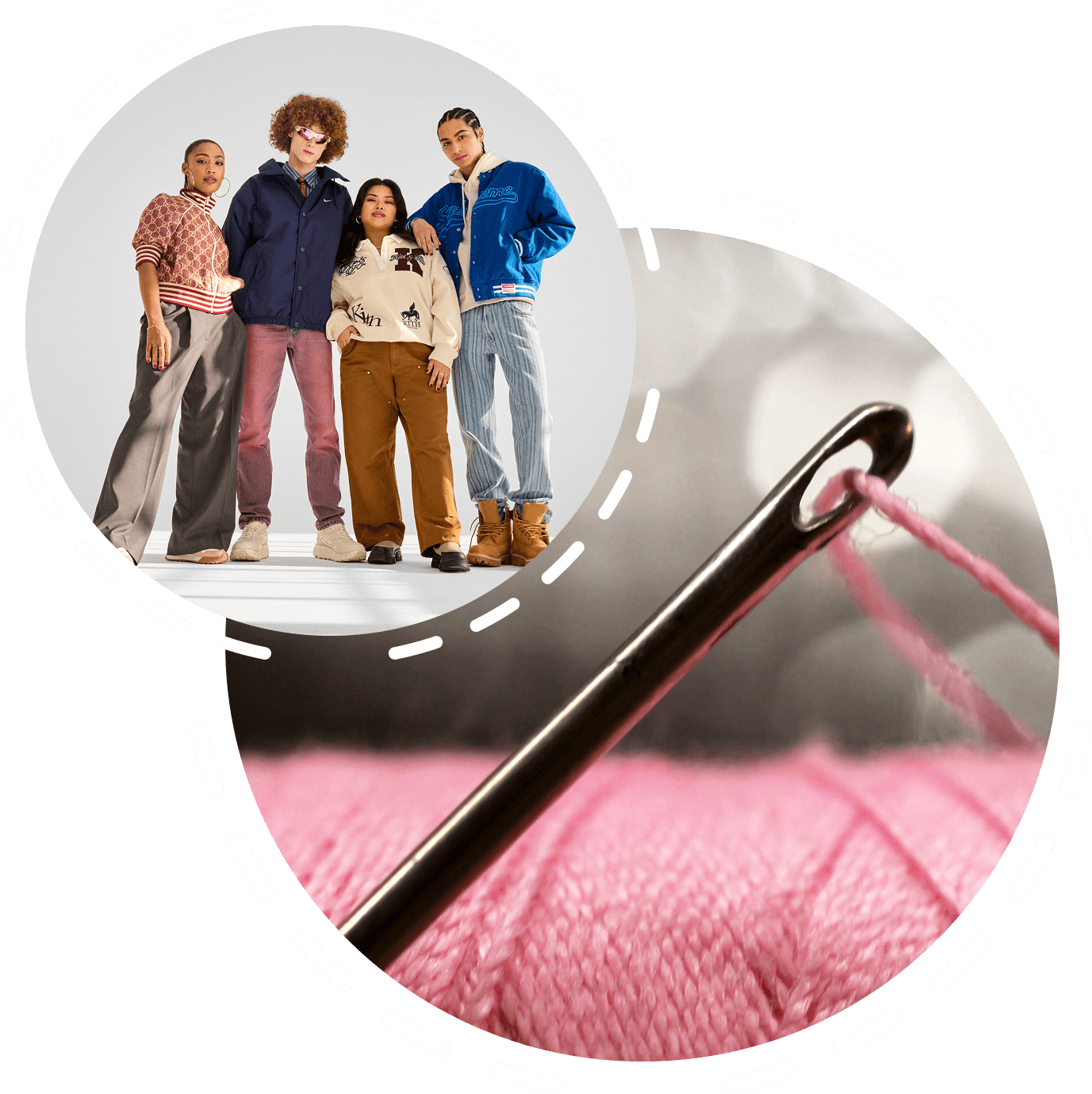
Circular business models are nothing new
For decades formal wear has been rented, the charity sector has sold second-hand garments, and cobblers, tailors and laundrettes have been present in our communities. Customer behaviour and norms are shifting with more customers shopping second hand than ever before.
However, today, circular business models are not the norm.
Circular business model startups have demonstrated these models can achieve high revenues, become profitable, and attract loyal customers. Only now are fashion brands increasingly stepping into the space. Keeping clothes in use for longer is an opportunity for any fashion business, large or small, to lead by example of what a circular economy could and should look like.

